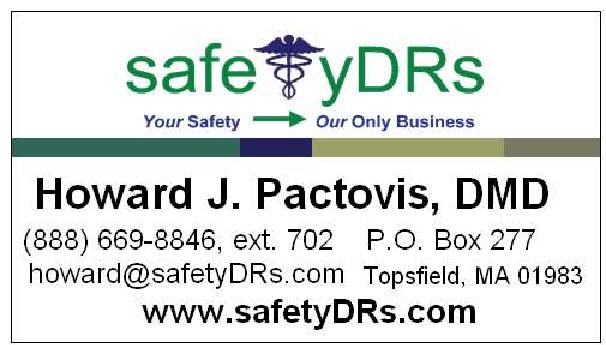 Flu season is just around the corner… The Centers for Disease Control has determined that vaccinations are the single most effective way to prevent flu and strongly encourages high-risk individuals (including health care providers) to get vaccinated. From a public health prospective, it is recommended that you encourage your office staff and high-risk patients to get an annual Flu shot.
Flu season is just around the corner… The Centers for Disease Control has determined that vaccinations are the single most effective way to prevent flu and strongly encourages high-risk individuals (including health care providers) to get vaccinated. From a public health prospective, it is recommended that you encourage your office staff and high-risk patients to get an annual Flu shot. This includes individuals who are:
-- Anyone who wants to reduce the likelihood of becoming ill or spreading influenza to others
-- All persons over 50 years old
-- Children and adolescents who are receiving long-term aspirin therapy
-- Women who will be pregnant during the influenza season
-- Adults and children who have chronic pulmonary (including asthma), cardiovascular (except hypertension), renal, hepatic, hematological or metabolic disorders (including diabetes mellitus)
-- Adults and children who have a weakened immune system (due to: HIV/AIDS, long term treatment with drugs such as steroids, cancer treatments)
-- Adults and children who have certain muscle or nerve disorders (e.g., cognitive dysfunction, spinal cord injuries, seizure disorders, or other neuromuscular disorders) that can compromise respiratory function or the handling of respiratory secretions or that can increase the risk for aspiration; and
-- Residents of nursing homes and other chronic-care facilities
- Anyone who lives or cares for people at high risk for influenza related complications
-- Health care providers
-- Household contacts and caregivers of children from birth to 5 years of age and adults age 50 and older.
-- All children aged 6-59 months
See http://www.FindaFluShot.com to schedule a reminder to insure you are alerted to find a convenient location to obtain your immunization this coming flu season.





